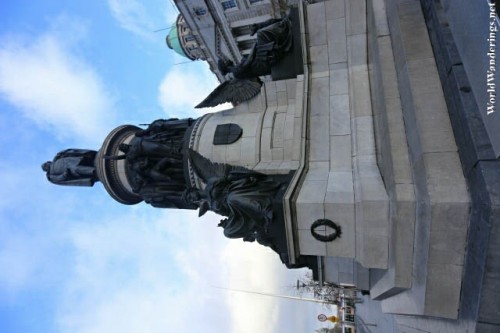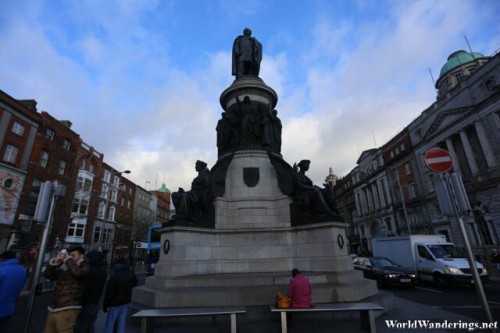Important streets usually have an important story behind them. In the case of Dublin’s O’Connell Street, the name behind the street is probably one of the main reasons for the existence of the Republic of Ireland. Back in the day, when Protestant Britain took over Catholic Ireland, to quell resistance, the British forbid any Catholic from getting education or even taking public office. As the Irish were mostly Catholic, not surprisingly, this impacted them the most. This meant that if you were Catholic and most probably Irish, you won’t be able to go anywhere in life especially without education. This unfair law was naturally disdained by the Irish who were already feeling the repression by the British. Now comes this Irish lawyer, Daniel O’Connell who pushed for equal rights for Protestants and Catholics, called the Catholic emancipation. He preferred a peaceful struggle despite the power he wielded.
After, Catholic emancipation, he pushed for the repeal for the law of the union between Britain and Ireland, Daniel O’Connell is able to muster monster crowds to demonstrate support for the cause, at the same time he rejected violence. Despite this, he was arrested and put in jail, but was released three months later, possibly to appease the Irish. His efforts though went on to pave the road for an independent Ireland. He died on his way to a pilgrimage to Rome where he famously willed that his heart be buried in Rome but his body in Ireland. In 1864, he was built a monument on a street that now bears his name. This is one of the most photographed parts of O’Connell Street, not to mention the busiest part since this is very near a major intersection.
[xmlgm {http://www.worldwanderings.net/kml/O’ConnellStreet.kmz} zoom=19]

